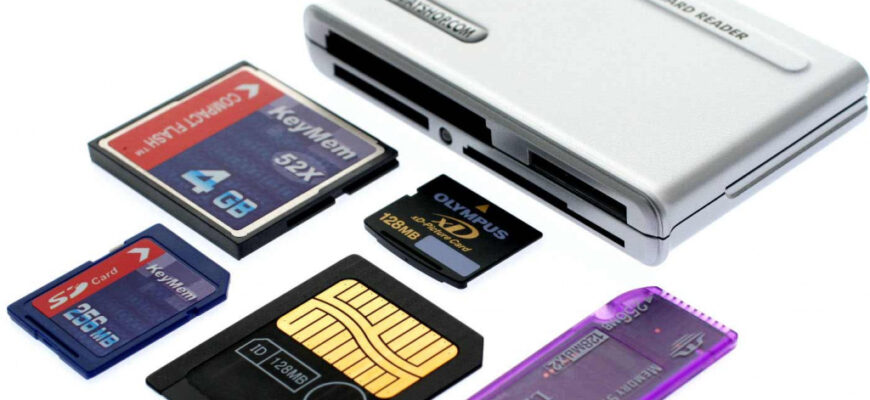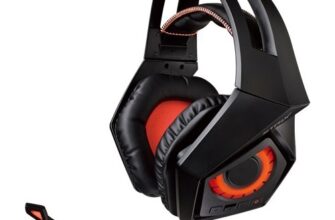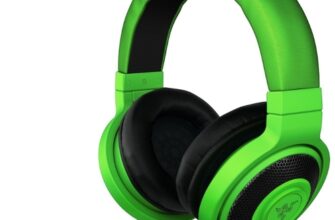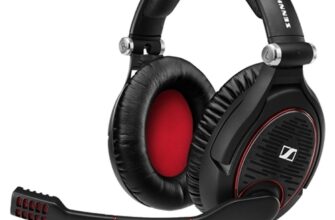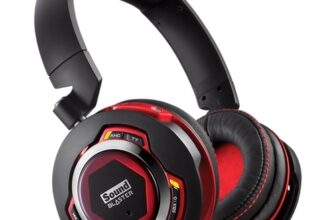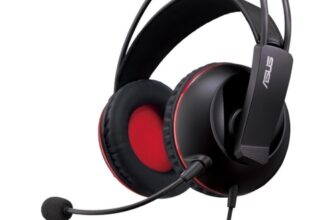The main criterion for choosing a card reader is that it must support all the standards of memory cards necessary for the user.
How to choose a card reader: characteristics that you need to pay attention to

When choosing a card reader, you need to be guided by the following criteria:
-
Type (external or internal);
-
Supported memory card standards;
-
The speed of data exchange with the computer;
-
Operating system compatibility.
External or internal?
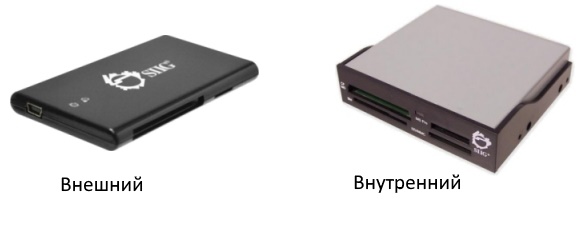
An internal (or integrated) card reader is designed for installation in a computer case. It connects directly to the motherboard, most often via the USB bus, and is distinguished by the greatest ergonomics and speed within the standard. However, it needs to be mounted and requires at least one free slot on the front panel.
It is self-evident that such a card reader cannot be used with a laptop. If you need a device for a mobile computer or you just don't want to bother with disassembling the system unit, an external one will do. It also connects via USB.
Supported memory card standards

The most important parameter of a card reader is the list of memory card standards it supports. So, it is necessary that he can work with all drives that are used by the owner.
Most often, the dependence “the number of supported standards – the price” is the most direct. The more expensive a card reader costs, the more types of 'cards' it can 'read'. However, it is not always worth paying extra for unused standards.
In addition, many standards are presented in several iterations. This is, for example, microSD. Despite the same form factor, memory cards of this type can have different standards – microSDSC, microSDHC, microSDXC – and it is necessary that the card reader supports all of them.
Card reader speed
It is very difficult to determine exactly the speed at which a card reader will read or write data to a 'flash drive'. After all, it depends on three parameters:
-
Generation USB connection;
-
Card reader controller speed (if available);
-
The speed of the flash drive itself.
And often the total speed is 'cut off' to the lowest on the list.
However, the standard speed of the card reader is about 480 Mbps. This complies with the USB 2.0 protocol. Owners of computers with USB 3.0 can purchase a card reader that supports this generation, and then the maximum read / write speed will match that of a flash drive.
Operating system compatibility
It is also necessary that the card reader is compatible with the operating system. And if such devices are connected to Windows by plug-and-play, often without even requiring the installation of drivers, then problems may arise when connecting with macOS. Make sure that the manufacturer provides software for alternative operating systems, if the card reader is intended to be used on those.
Summary
Choosing a card reader is easy. It is enough just to know which memory cards you plan to use. Compatibility with 'flash drives' is the main criterion for choosing. And everything else determines rather usability.
!
In the following articles, our experts tell you which operating system is best for a computer and laptop, and the secrets of choosing a reliable flash drive – an overview of the best manufacturers.
Attention! This material is the subjective opinion of the authors of the project and is not a purchase guide.

